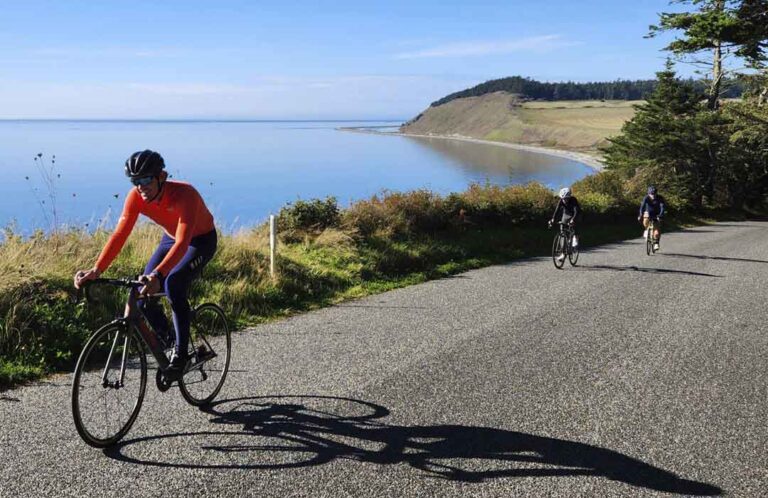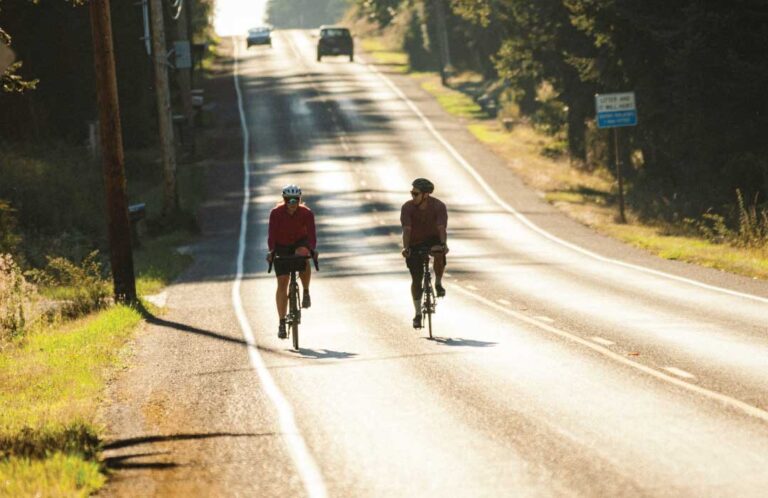
Estimated reading time: 5 minutes
They say the camera never lies. If that’s true, then my camera and I must have just been experiencing different lives together when I carried it through South Whidbey State Park.
I was walking among giants in a rare old-growth forest. Many of the trees here are hundreds of years old with trunks so thick five or six people would have to hold hands to form a ring around it. The forest floor is a riot of fallen trees, ferns, moss, and more.
It was early winter and was one of the dozen days that month when it wasn’t raining. But as often happens now, the clouds and tree canopy conspired to rob the forest floor of sunlight. Even at mid-day, the greens were muted and the dark corners of the forest hid their secrets.
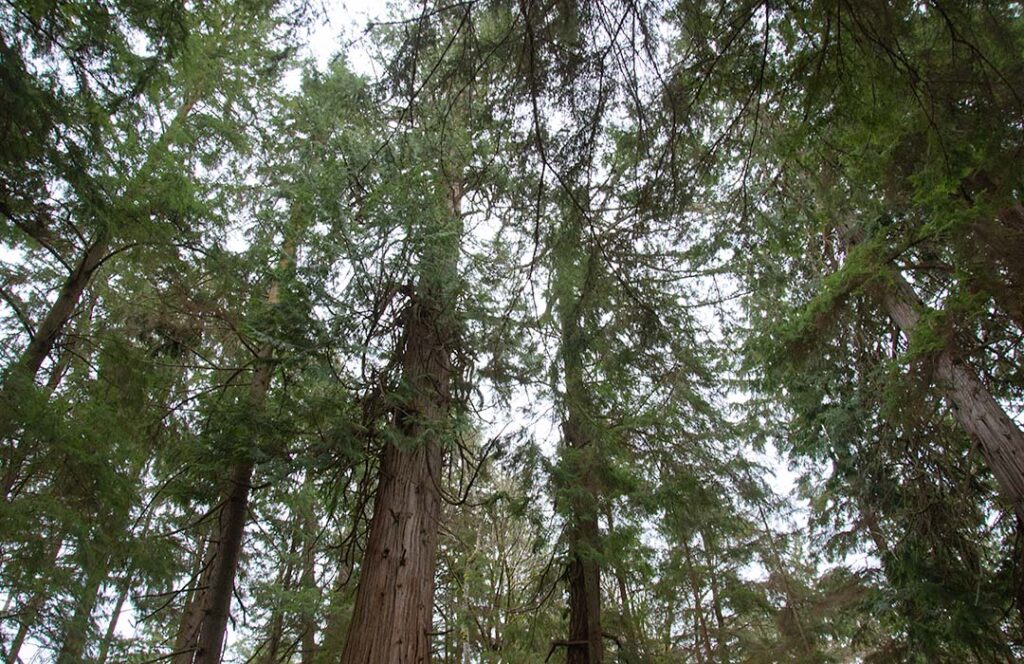
Gloom-Immune
That air of mystery, some might call it gloom, was dutifully captured by my camera. Yet I, and the other hikers I met on the Wilbert Trail, were gloom-immune. People were happy and chatty. We’d acknowledge the dark, note that such is life on the edge of a temperate rainforest and continue our hike.
It wasn’t a sunny day in the classic sense, but there was sunshine enough to make it a good day and plenty of reasons to take this hike, no matter what time of year.
The Ancient Cedar
The star of this hike is a cedar tree estimated to be about 500 years old. Simply named, “Ancient Cedar” the tree is about 100 yards (91 meters) from the northern end of the trail. People are asked not to get too close to the tree as the dirt surrounding the soil likely has an ancient and unique microbe community among the roots. Scientists are gaining a better understanding of the uniqueness of old-growth forests, finding that older trees do a better job of capturing carbon than do younger trees. The idea of saving these trees rather than planting new ones is called “proforestation” a term coined by Nobel Laureate William Moomaw.
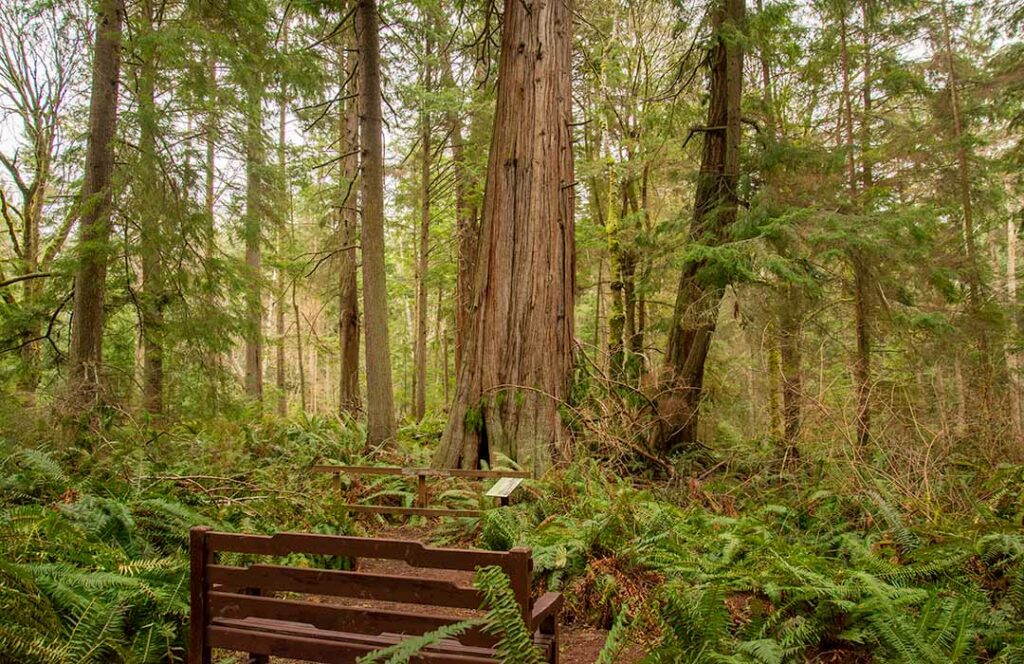
But it isn’t the only remarkably large tree on the short hike. There are dozens, if not hundreds, of trees that are hundreds of years old. While hiking you see roots that knuckle back out of the ground that are as thick as a human torso. If Moomaw’s research is correct, then you are walking through an area of remarkable importance in the fight against climate change. But trees do fall, and the trail cuts through fallen trunks as wide as a person is tall, and giant root balls poke two stories or more into the sky.
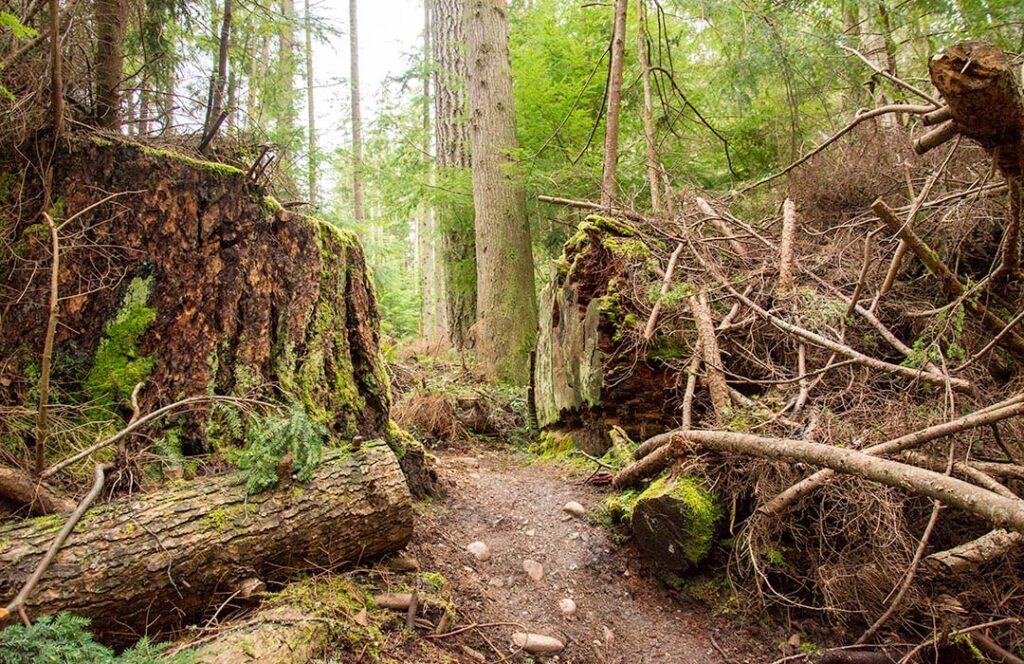
Saved from Clearcutting
Indeed, the fact that these trees are still around is a sign of how Whidbey Islanders work to protect what’s left of the area’s natural places. Loggers were ready to clear cut the 255-acre forest, but people literally stood between the trees and the chainsaws to save the trees. In 1978 the courts sided with area residents and that ruling forever changed the way the state manages forests. The trail is named for Harry and Myrl Wilbert for their efforts to help preserve the forest.
One portion of your hike takes you through what the interpretive signs call, “A Floating Forest.” Long boardwalks take you across this wetland. Look carefully, especially in the winter and spring and you’ll see water flowing on the surface. More water is just underground.
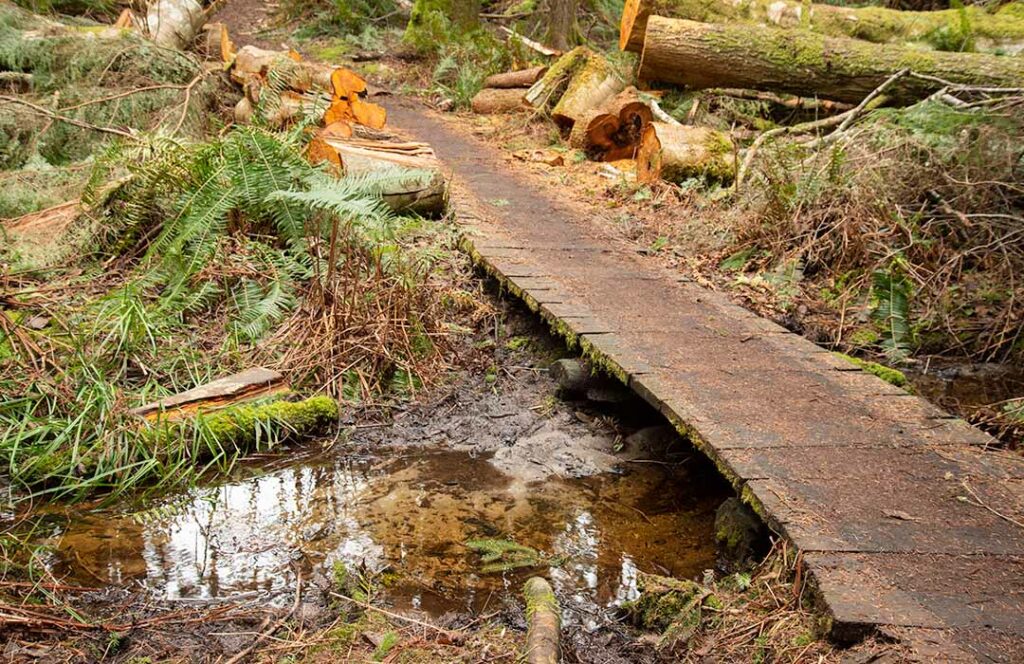
.8 miles long
The Wilbert Trail is an eight-tenths of a mile path that you can start either from the north or south end of the trail. The best parking is at the southern end at the entrance to South Whidbey State Park (Discover Pass required). The trail starts on the east side of Smugglers Cove Road and heads north, paralleling the road until it comes out of the woods and back onto Smugglers Cove Road.
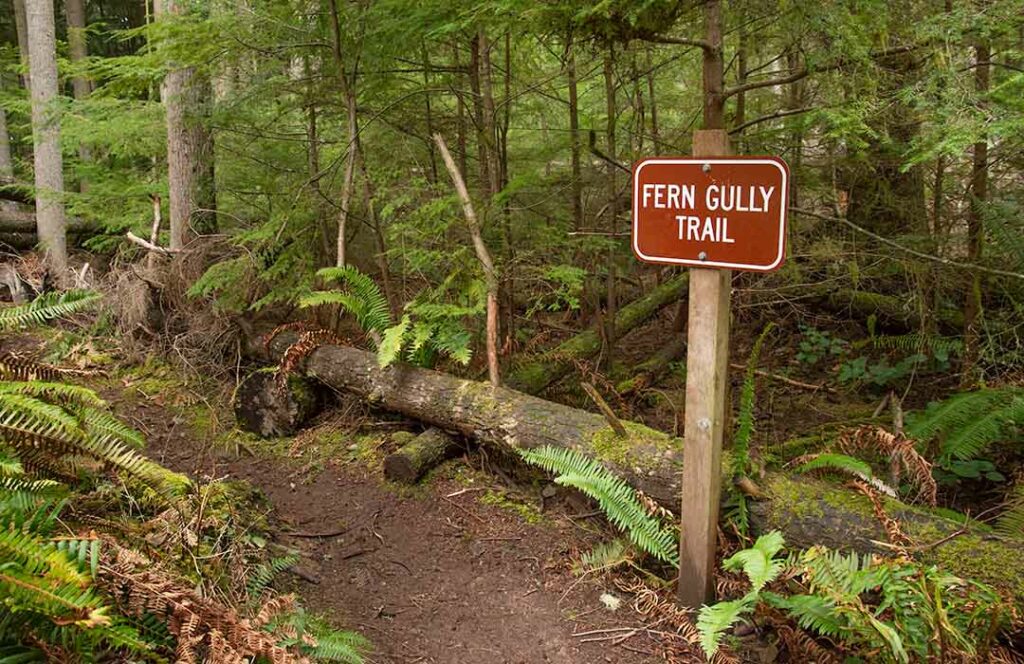
More Trails
The signs note that the Wilbert Trail is an “easy” hike. The trail is maintained and there are footbridges over most of the muddy spots. There are even stairs at a couple of the steeper points and interpretive signs point out important facts about the forest. There are other trails branching off from the Wilbert Trail. The Ridge Loop Trail will lengthen your walk substantially and take you, as the name indicates, up higher on a ridge that parallels the Wilbert Trail. A second trail is whimsically named “Fern Gully Trail.” Both will have to wait for another day.
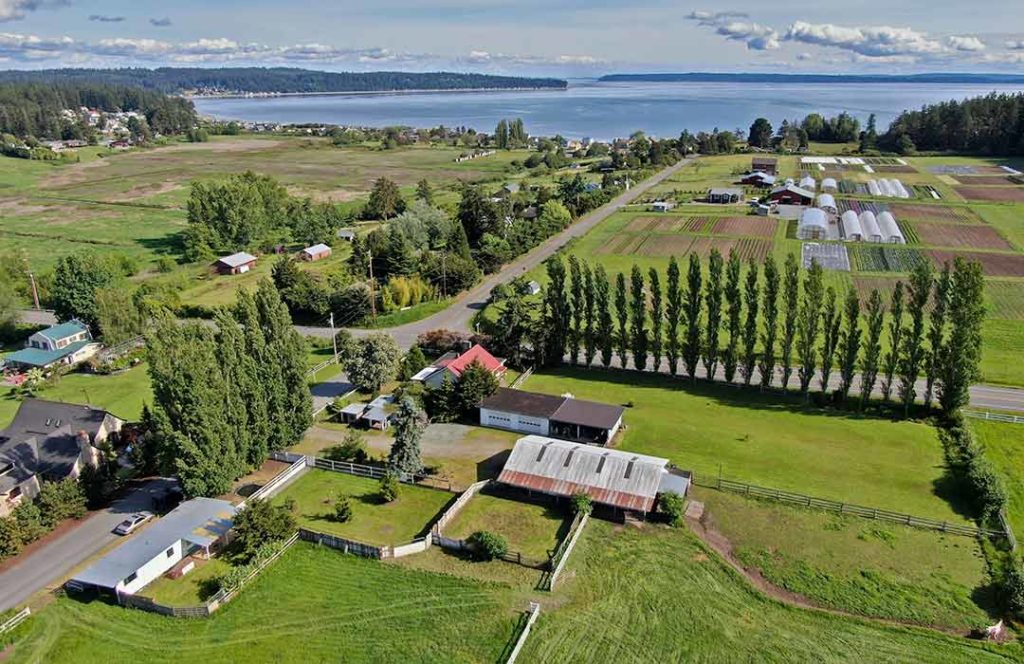
Book Your Stay
Today!
Jack Penland lives on Whidbey Island with his wife, Diane. Even though they’ve lived here for more than 20 years, they keep finding new adventures, places to explore, and food to try.

